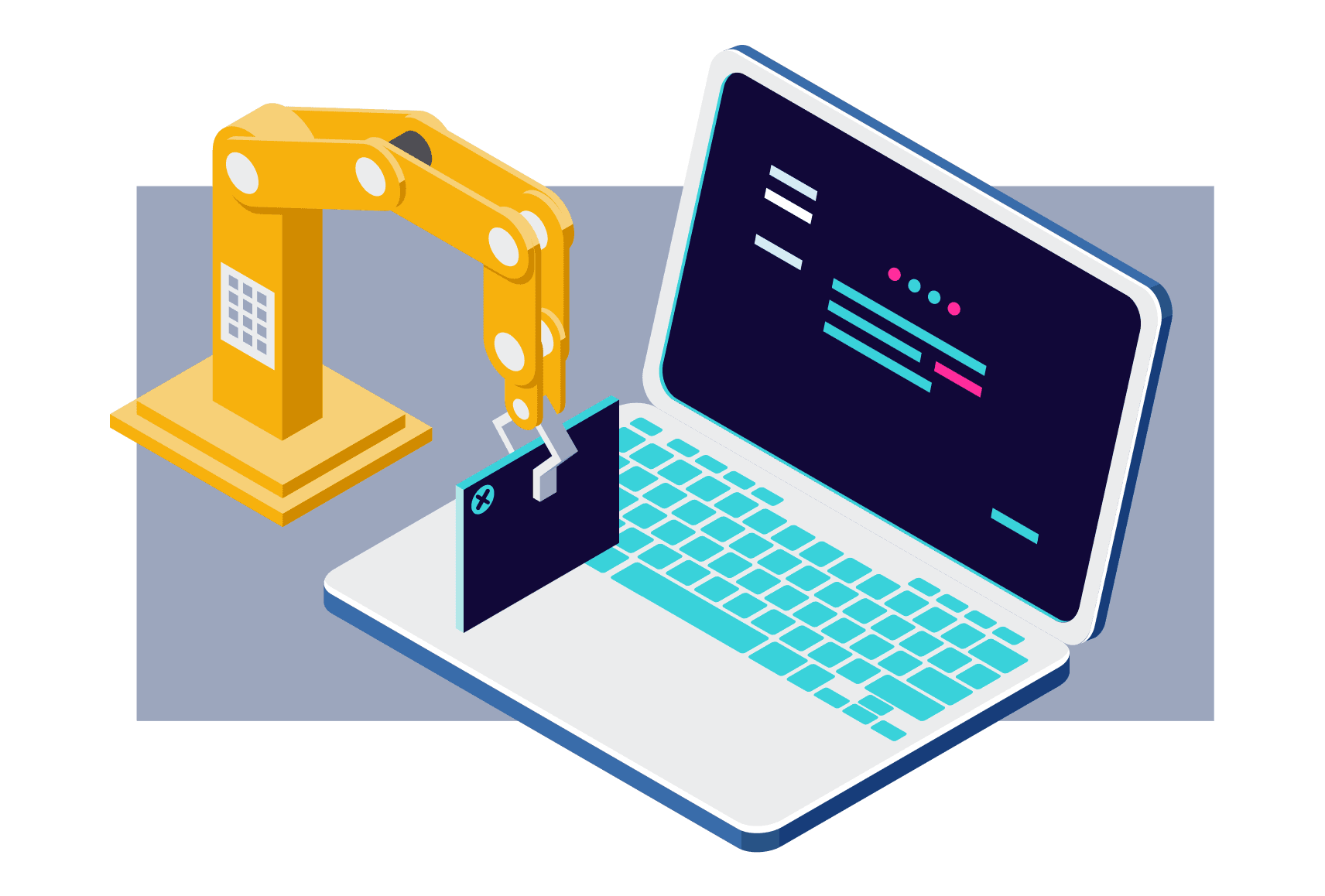
The developer portal is where developers find all the information they need to implement a given product or service. Properly designed, it will make their job easier, just as the bad one can complicate it. At the same time, the more understandable, and therefore the more popular your dev portal is, the better for your business. Satisfying this demanding group of users is not easy, but it is not impossible thanks to a friendly product.

How to recognize a good developer portal?
Not sure what your planned dev portal should look like? Or how is the current one? Look at it as a user and honestly evaluate essential indicators. Or ask the developers themselves how they see their work with the portal. What to trace? Business value, UX or information structure. The following questions will help you with an accurate assessment.
- Are the benefits of the solution explained on the portal?
- How fast is onboarding? Can you see materials without registration?
- What does the portal look like and operate? Is it understandable? Does the user know where to start and how to meet his goal?
- Is there a testing environment? Is the data conceptually similar to the production ones?
- Is orientation within the portal easy? Does it have a logical structure?
- Does the user learn the information (pitfalls and specifics) at the right time in the right place?
How to build a good development portal from scratch?
At DX Heroes, we've all been through development, so we know from our own experience what a developer portal should look like and what attributes it should have for developers to work well. And how do we proceed? We ask ourselves the following questions and the answers help us in the creation process.
1. Determining the business goal of the portal
Besides the information value, should it also serve as a business (lead) channel?
2. End-user definition
Who is a typical user? Is it just a developer? Or other roles, such as analyst or product manager? What is the least technical part?
3. Business web vs. dev portal
How are these two channels connected? Where do the business website end and the dev portal begin?
4. Determining the budget
How big or small is the budget? Its height affects the scope and functions of the portal (e.g., a small budget does not give space for a sandbox).
Now that we have the vital information, what's next?
1. Tech stack definition
For us, it is usually a React or nextJS + integration on the client's backend.
2. Analysis and creation of structure
Design the portal so that the pages and information follow each other.
3. Defining and writing instructions
Identify and prepare instructions about the need for the user to learn the info in time.
4. Creating copy for landing page
The texts must be understandable and resonate with the target group.
5. Tuning API reference
A clear explanation of communication parameters and attributes.
If desired, give them a chance to try API out (e.g., cURL)
6. Creating a UI
Prototyping is based on created materials with all elements.
How to modify an existing developer portal?
Do you already have a dev portal, but it doesn't meet your developers’ demands and requirements of you? Simply adjust the existing one. How to do it?
1. Determining the business goal of the portal
Besides the information value, should it also serve as a business (lead) channel?
2. End-user definition
Who is a typical user? Is it just a developer? Or other roles, such as analyst or product manager? What is the least technical part?
3. Determining the budget
How big or small is the budget? Its height affects the scope and functions of the portal (e.g., a small budget does not give space for a sandbox).
And what's next?
1. Tech stack definition
Consider with the client whether to use existing texts in a new solution or whether to develop a current tech stack.
2. Structure analysis and modification
Check out whether the pages and information follow each other or adjust the structure.
3. Defining and completing instructions
Identify and write additional instructions and update the original ones to learn the info in time.
4. Edit copy for a landing page (if any)
The texts must be understandable and resonate with the target group.
5. Tuning API reference
Clear explanation of communication parameters and attributes.
If desired, give them a chance to try API out (e.g., cURL).
6. Creating a UI
Prototyping is based on created materials with all elements.
Do you want to find out how your development portal is doing or get advice on building a brand new one from scratch? Get in touch with us, and together we’ll figure out how we can help you. We'll recommend to you what the portal should look like and operate, and we'll help you with its creation.
You might also be interested in:
Why is external DX important to the success of your product?
Supply Developers With What They Need and Reach New Audiences
Author

Prokop Simek
CEOWith over 12 years of experience in software engineering, I leverage my expertise to bridge the gap between business goals and technology for our clients.